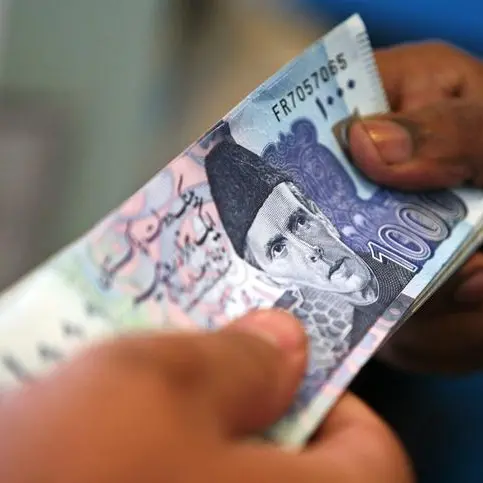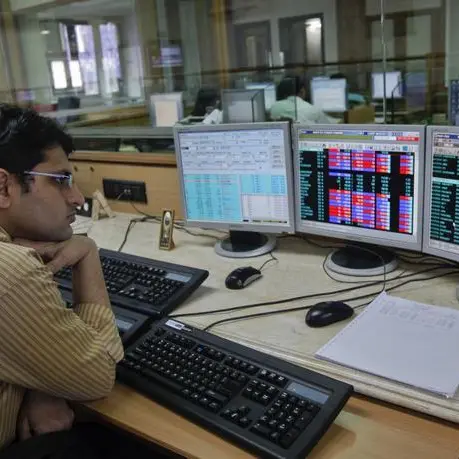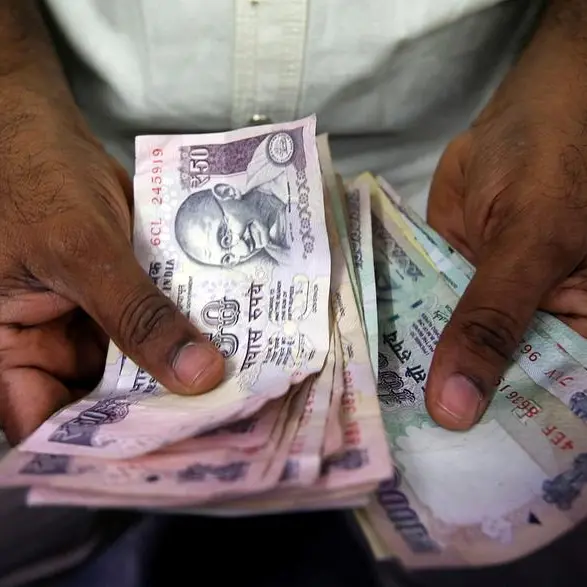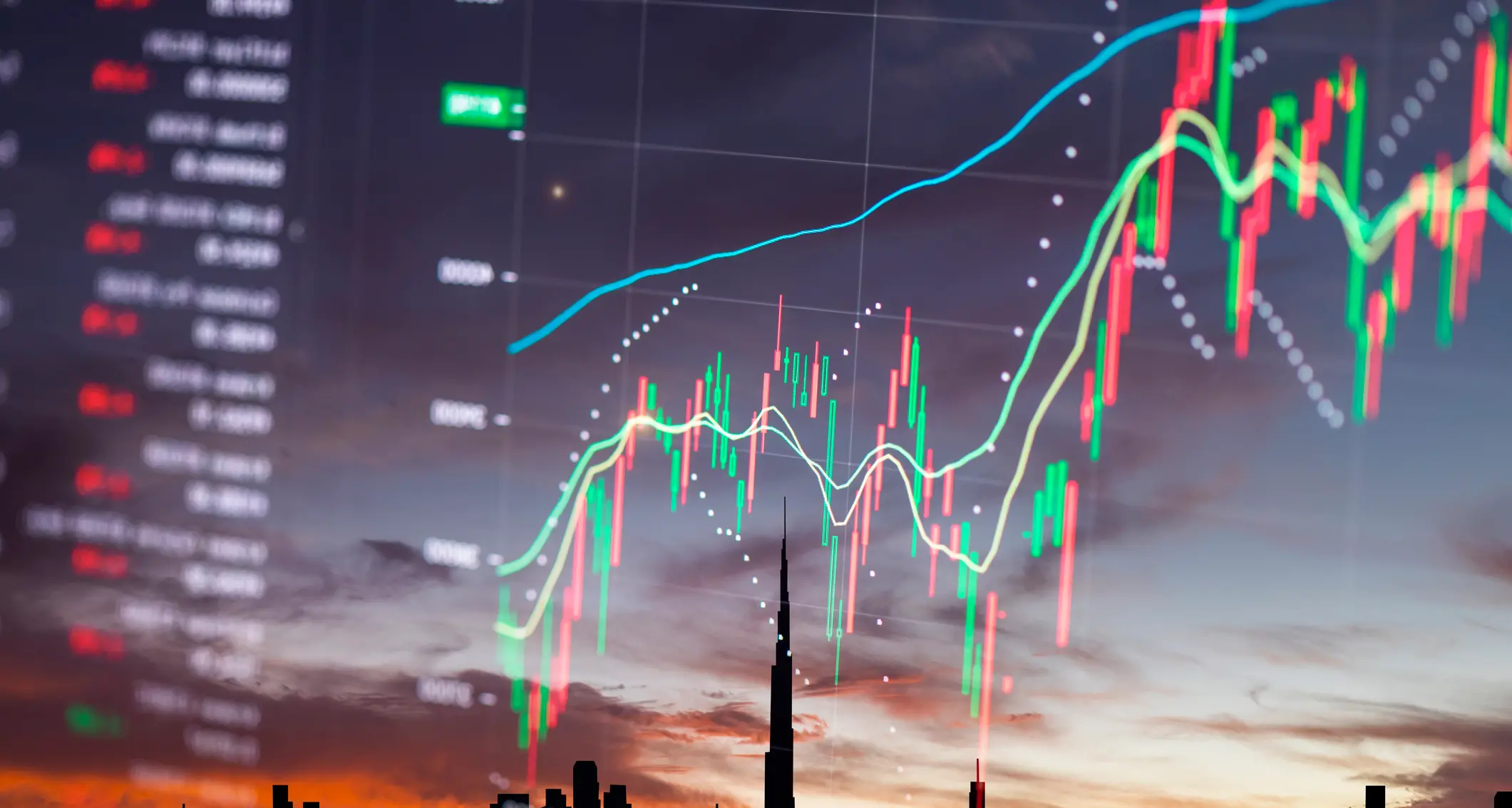PHOTO
New Delhi: The global gold market experienced a significant shift in May, marking the end of a twelve-month losing streak for gold exchange-traded funds (ETFs). India purchasing $86.5 million worth of gold in May, further supporting the positive momentum in the market.
According to the World Gold Council's latest commentary, the month saw a resurgence in inflows, primarily driven by strong demand in Europe and Asia, despite minor outflows in North America and other regions.
By the end of May, global gold ETF holdings rose to 3,088 tonnes, boosting total assets under management (AUM) to USD 234 billion, reflecting a 2 per cent increase for the month.
Physically backed gold ETFs enjoyed a net inflow of USD 529 million in May, their first positive movement since the same month last year.
This uptick, coupled with a 2 per cent increase in the gold price to USD 2,348 per ounce, helped raise the total AUM for gold ETFs to USD 234 billion, the highest since April 2022.
Despite this rebound, holdings remain 8.2 per cent below the 2023 average of 3,363 tonnes.
Regionally, Europe and Asia were the primary contributors to the positive flow of funds.
European gold ETFs recorded their first inflows in a year, narrowing year-to-date outflows to USD 6.3 billion.
This recovery saw the region's collective holdings rebound and its AUM rise to a twelve-month peak, 6 per cent higher than the end-2023 level.
In particular, Swiss and German funds led the inflows in anticipation of a potential rate cut by the European Central Bank. On the other hand, UK-listed funds faced outflows due to impending elections and persistent inflation.
Asia maintained its streak with the fifteenth consecutive month of inflows, totaling USD 398 million in May, though it was the smallest monthly inflow since November 2023.
China was a significant driver, accounting for USD 253 million of the inflows, spurred by rising local gold prices and a weakened currency.
Japan also saw robust inflows due to attractive local gold price gains. Year-to-date, Asia has accumulated USD 2.6 billion, marking the highest increase in AUM in the region's history, with significant contributions from both China and Japan.
North America experienced a slight downturn with minor outflows of USD 139 million in May, ending a two-month streak of positive inflows.
Despite these outflows, the region's total AUM increased to USD 119 billion due to the strong gold price.
Year-to-date outflows in North America amount to USD 4.3 billion, primarily driven by large funds' movements in January and February.
The fluctuating gold ETF flows throughout the month mirrored changes in the gold price, with geopolitical risks and Federal Reserve policy shifts influencing investor sentiment.
Funds in other regions saw modest outflows of USD 18 million, largely due to losses in Turkey which offset gains in South Africa. Overall, outflows from these regions have totaled USD 75 million year-to-date, primarily from Australian and Turkish funds.
Trading activities in global gold markets showed a decline, with the average daily trading volume standing at USD 216 billion in May, down 13 per cent from April but still above the 2023 average of USD 163 billion per day.
The Shanghai Futures Exchange and Shanghai Gold Exchange experienced significant drops in trading volumes, down 45 per cent and 36 per cent, respectively.
Meanwhile, gold ETF trading volumes fell by 39 per cent month-on-month globally. Despite these declines, over-the-counter (OTC) physical gold trading remained relatively stable, with only a 6 per cent drop in activity.
The total net longs at the COMEX rose to 768 tonnes by the end of May, a 7 per cent month-on-month increase, with money manager net longs reaching a four-year high of 557 tonnes.
This increase underscores sustained investor interest in gold despite the fluctuating market dynamics.
Gold prices continued to climb, achieving a third consecutive monthly gain in May. The price hit an all-time high of USD 2,427 per ounce mid-month before retreating to USD 2,348 per ounce.
Despite a more moderate gain compared to previous months, market activity remained strong, bolstered by net long positions and renewed interest in gold ETFs.
The World Gold Council's Gold Return Attribution Model (GRAM) noted that while no single variable was the dominant driver in May, positive momentum and a weaker US dollar contributed to the price rise.
Unexplained factors, including strong OTC buying and central bank purchases, also played a significant role in sustaining gold's upward trend.
Looking ahead, the trajectory of US economic growth and inflation will continue to shape currency markets and, by extension, gold prices.
The US dollar, which had been strong due to robust economic growth, weakened in May as inflation eased, potentially giving the Federal Reserve more room to cut interest rates.
Historically, periods of significant dollar weakness have been beneficial for gold prices, and if this trend continues, it could provide a substantial upside for gold in the coming months.
© Muscat Media Group Provided by SyndiGate Media Inc. (Syndigate.info).












